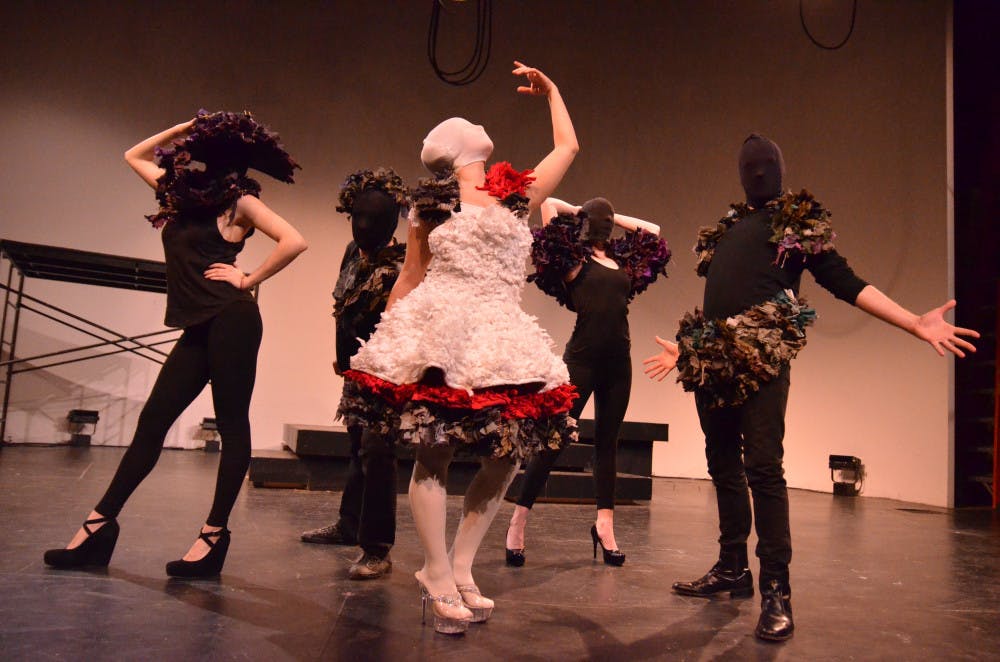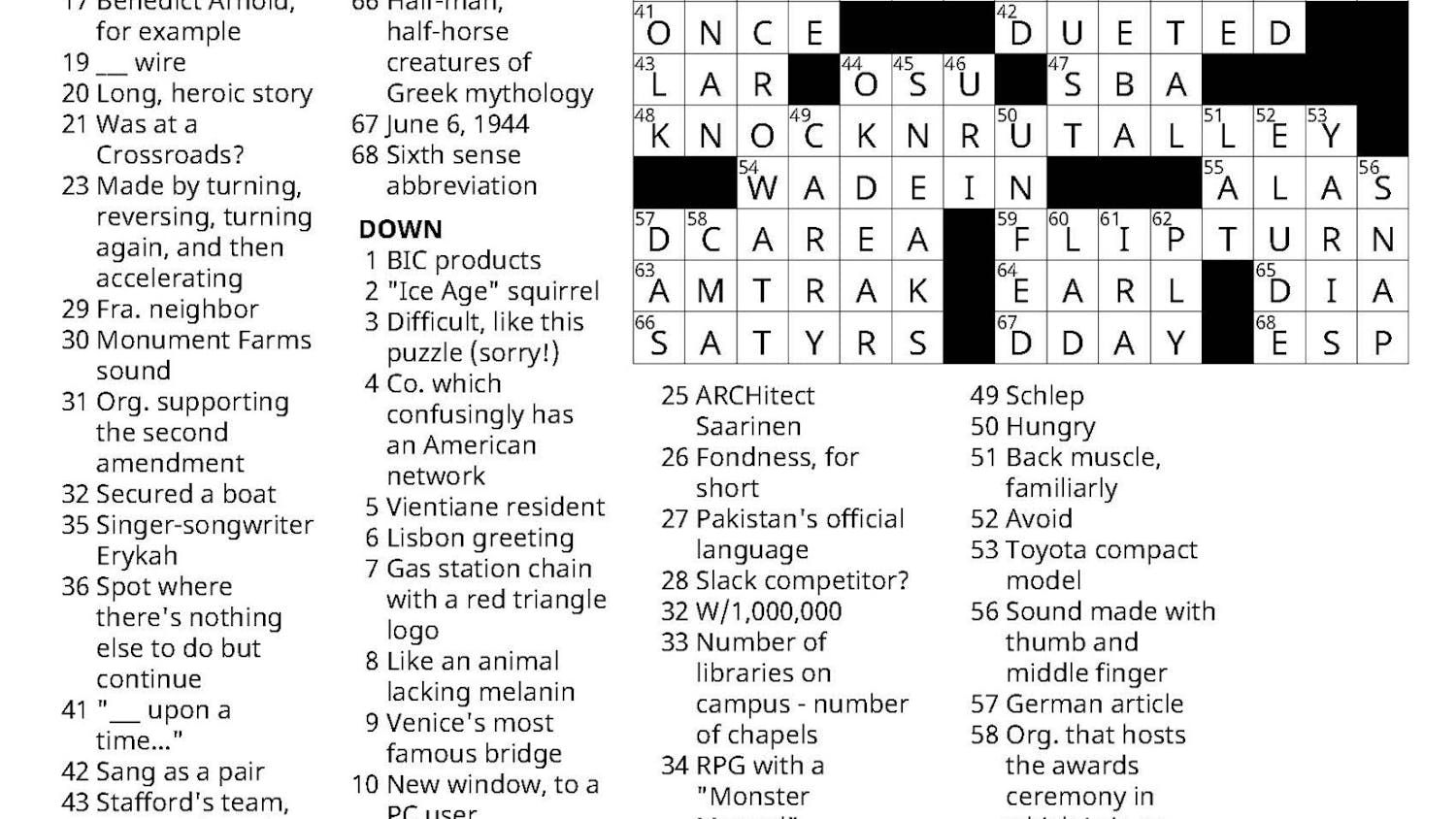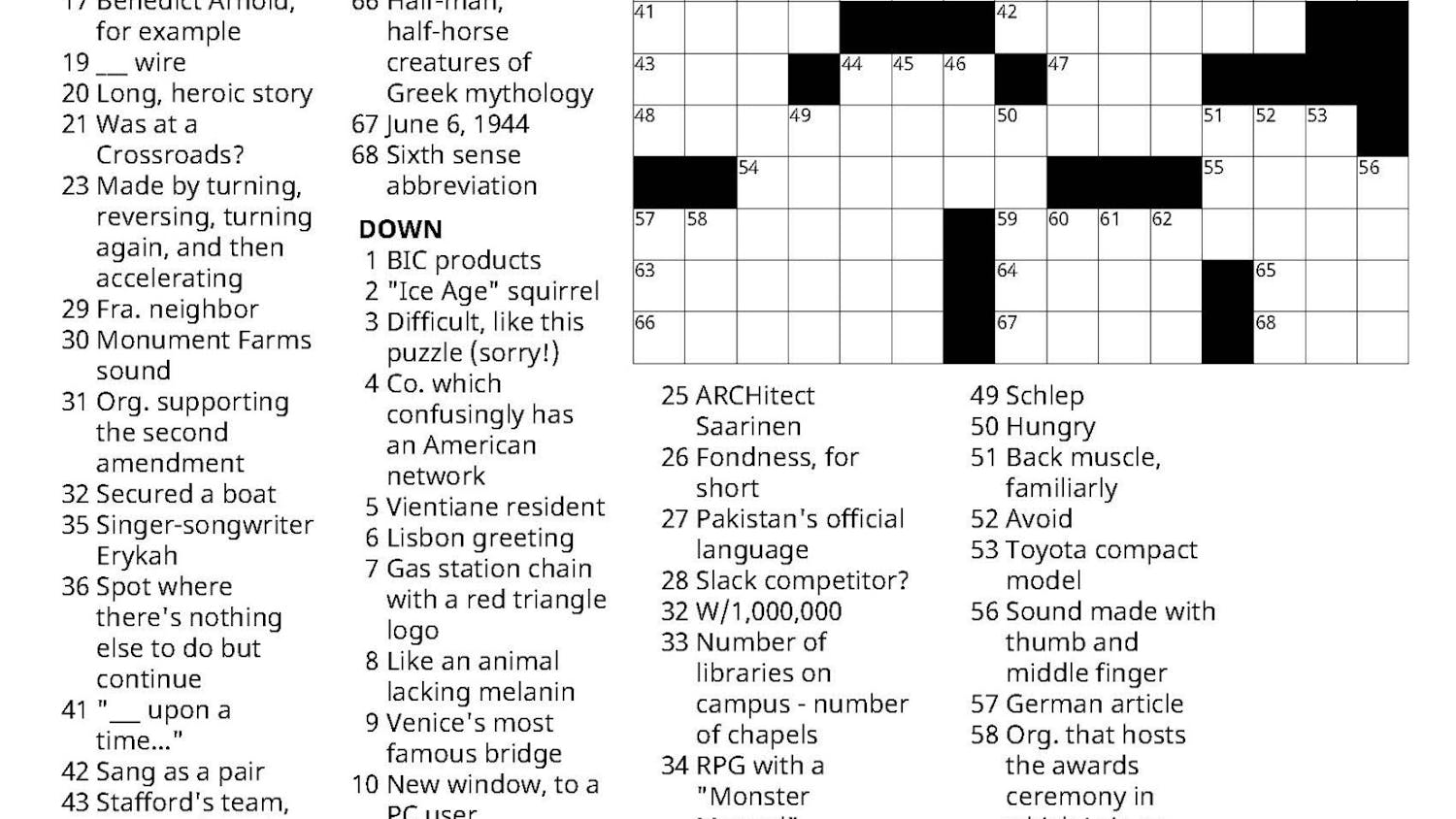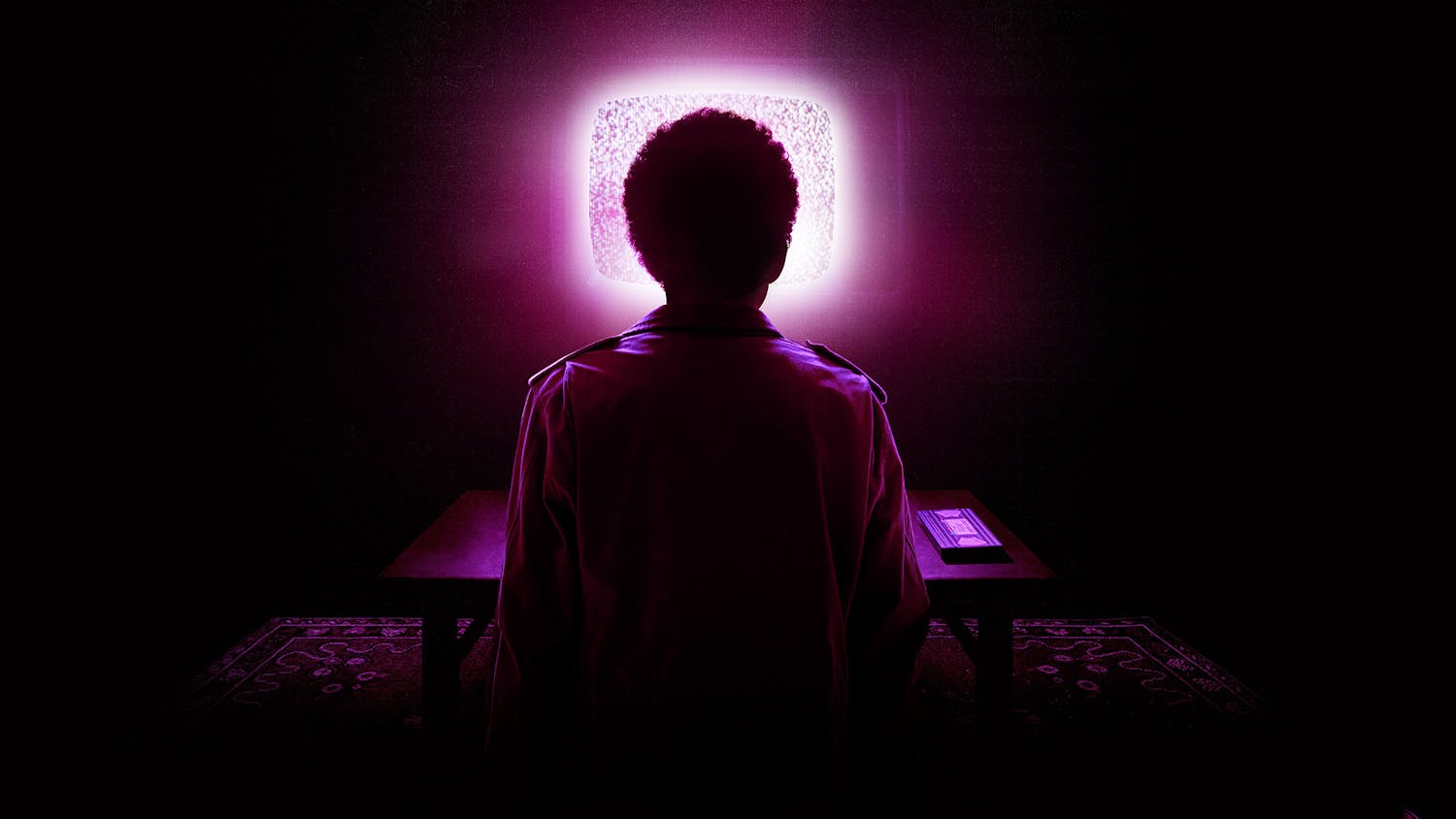The tale of Cinderella is one well known throughout the world. In the classic story, a fairy godmother transforms Cinderella into a beautiful girl, a spell that will fade when the clock strikes midnight. She goes to the ball where the Prince falls in love with her, but runs away to make her curfew before the Prince can find out who she is — leaving behind a lost slipper. The Prince searches the village for the girl whose foot fits the slipper and Cinderella gets her happy ending when she is discovered as the girl from the ball. Her stepsisters are left alone, and in some retellings, blinded by the birds which had befriended Cinderella.
This popular fairytale served as the source story for the Inaugural Middlebury New Play Festival, an ambitious presentation of 14 original plays in Wright Theater April 10-13. Visiting Assistant Professor and alumnus Andrew Smith ’97.5 searched for a writing prompt suggesting reinvention of a classic tale in his role as artistic director of the festival, asking for 10-30 minute plays using any character from Cinderella as the main focus except for Cinderella. The plays did not need to be connected to the tale and could take place anytime or anywhere. One hundred and one submissions from around the world were narrowed down to 14, including five alumni playwrights and one current student entry. The festival faced the unique challenge of developing new work, and featured the efforts of 21 students in 66 roles and a massive behind the scenes team. Teddy Anderson ’13.5 co-directed the festival with Smith as his senior work and called the experience, “amazing. Having the opportunity to direct seven, very different plays with actors of varying experience has forced me to break out of my comfort zone as a director.”
The festival was broken into two evenings of seven plays each, alternating the two distinct presentations over the four evenings of the festival. Wright Theater was transformed into an intimate space, a riser of seating facing the stage and two smaller seating areas facing stage right and left, allowing for a closer interaction between the performers and the audience.
Evening A offered a wide variety of thought-provoking plays. “That Girl is in the Rearview Mirror,” by Samantha Collier ’09, explored Cynder, wonderfully portrayed by Nicholas Hermerling ’14.5, a boy confused by his desire to dress like a girl until he meets Prince, a girl similarly confused by gender constraints. Prince is comfortable with his male identity and convinces Cynder to accept who she is, taking her away from her intolerant stepmother. The play cleverly reinventedthe original tale, discussing a very modern issue in a real and conscious manner.
Similarly addressing a modern issue was “Service Dogs” by Naomi Shafer ’11.5, which examined the value of a liberal arts education in the modern workforce and the struggles of 20-somethings to conform to stereotypes of carefree happiness while worrying about how to pay the rent. This play was my favorite of the night, imaginatively playing with the relationship between the characters and blurring the lines between good or bad.
I did not understand why “Living the Dream” by Lia Romeo was chosen as the opener for the night and for the festival. The play featured three college guys waking up, hungover, after a night of partying at a club. One of the guys described his encounter with a girl from the night before, and the three characters exchanged painfully long conversation about partying and girls and drinking before realizing that the girls name was Cindy and that she’d left her shoe. The play simply seemed to promote the heavy college drinking stereotypes and did not offer any thought-provoking insight.
Evening B, in my opinion, offered seven solid plays from different, creative perspectives. The opener was “After a Spell,” by Kirk German ’00.5, featuring a mouse family whose daughter is transformed for one night into a majestic horse and eventually decides to leave her family for the opportunity to make a permanent change.
The most confusing and thought-provoking play of the night, “Sister Dear,” by Gillian Durkee, was a haunting interpretation of the two stepsisters, who holed themselves in an attic and played the same creepy game each day, serving tea for themselves and their father, represented by a teddy bear, and their sister Ella, represented by a porcelain doll. After spreading cinder on the doll to try to make it talk, it is taken away by the Prince, who is a friend of their mother and worried that the doll is making them paranoid. It takes a chilling scene where one of the sisters almost cuts of her toe before the sisters realize that the only thing that will keep them going is being together. Chelsea Malone ’15 and Evann Normandin ’15 offered compelling performances emphasized by the use of effectively dim lighting and mist.
However, I think the final play of the festival stole the show for me. Set in the world of modeling, the play started with all of the actors in black clothing with black coverings over their faces, taking away their identities. One of the female models, Freja, seemingly humble and unaffected by the problems of the industry, forms a relationship with Mathias, a male model with similar ideals. She is later negatively influenced by Othillia, a model obsessed with appearance and bitter towards the most popular supermodel, Abby, a girl who seemed to fall into superstardom with no effort. The girls decide to attack Abby, using hairspray to try to blind her, but instead blind each other. Mathias ends up with Abby, the girl still unaffected by the greed of the business. This play used an excellent combination of blocking, lighting, sound and technology, projecting photographs of the models on the wall throughout the play.
This extremely ambitious festival is an excellent presentation of 14 starkly different plays based on the same tale. The work of the behind the scenes team made for effortlessly excellent blocking choices, a deceptively simple set that still allowed for depth and movement, imaginative use of the company as props and mythical lighting design. A festival of plays is something new for Middlebury, and I think that the flexibility it required of all the artistic voices was an incredible learning experience. Co-director Anderson said, “I only recently switched my focus from acting to directing after returning from abroad. So this has been very much a learning process for me. Everything about this project is new for me. I had never worked with new plays or directed a large cast of actors before.”
The plays were fresh, inspired takes on a classic tale, some so far removed from the original that it took the duration of the play to figure out who each of the characters was supposed to represent. I eagerly look forward to the next New Play Festival, as it invites unique discussion about modern issues and exposes the community to a usually inaccessible kind of theater.
Festival Reinvents the Cinderella Story

Comments



